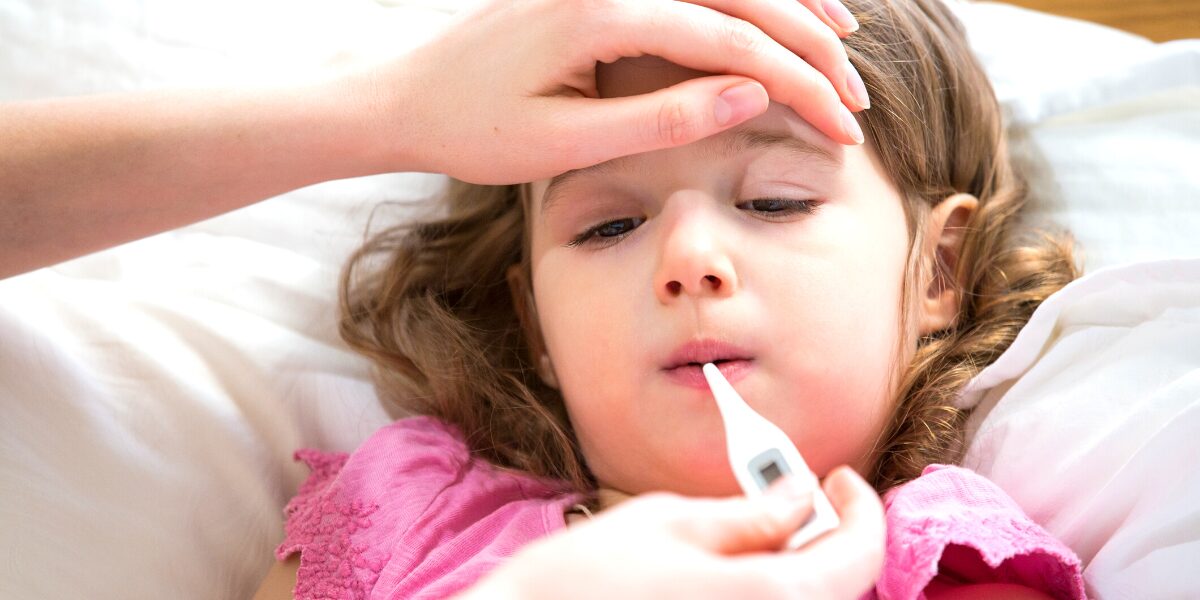What are the symptoms of RSV in babies and children?
In babies and young children, respiratory syncytial virus (RSV) can cause a range of symptoms, which can vary from mild to severe. Common symptoms include:
- Runny Nose or Nasal Congestion: Nasal congestion and discharge are often the first signs of RSV infection.
- Cough: A persistent cough, which can be dry or produce mucus, is common.
- Fever: Mild to moderate fever may be present, though not always.
- Sore Throat: Mild throat discomfort or irritation can occur.
- Wheezing: A high-pitched whistling sound during breathing, particularly when exhaling, is a notable symptom.
- Rapid Breathing: Increased respiratory rate or difficulty breathing may be observed.
- Shortness of Breath: Difficulty in breathing, which can be more pronounced in severe cases.
- Loss of Appetite: Reduced interest in eating or difficulty feeding, which can be significant in infants.
- Irritability and Fussiness: Increased fussiness or discomfort, which can be more noticeable in younger children.
- Fatigue: General tiredness or lethargy, which can be a sign of more severe illness.
- Cyanosis: A bluish color around the lips or face, indicating a lack of oxygen, which is a serious symptom that requires immediate medical attention.
RSV can lead to more severe respiratory conditions such as bronchiolitis or pneumonia in babies and young children, characterized by difficulty breathing, rapid breathing, and severe lethargy. If RSV symptoms are severe or worsening, especially if there are signs of significant breathing difficulties or dehydration, it is important to seek medical care promptly.
What are the causes of RSV in babies and children?
Respiratory syncytial virus (RSV) in babies and children is caused by the RSV itself, which is a highly contagious virus that primarily infects the respiratory tract. The main causes and transmission routes include:
- Direct Contact: RSV spreads through direct contact with respiratory secretions from an infected person. This includes touching surfaces or objects contaminated with the virus and then touching the face (mouth, nose, or eyes).
- Airborne Droplets: The virus can be transmitted through tiny droplets released into the air when an infected person coughs or sneezes. Children can inhale these droplets and become infected.
- Contact with Contaminated Surfaces: RSV can survive on surfaces such as toys, doorknobs, and countertops for several hours. Babies and children who touch these surfaces and then touch their face can contract the virus.
- Close Contact: RSV spreads more easily in environments where people are in close contact, such as daycares, schools, and crowded settings. Close contact with infected individuals increases the likelihood of transmission.
- Seasonal Patterns: RSV infections are more common during certain seasons, particularly fall and winter, when the virus is more prevalent.
Infants and young children are at higher risk for severe RSV infections due to their still-developing immune systems and smaller airways, which can be more easily obstructed by the virus. Preventive measures, such as practicing good hand hygiene, avoiding contact with sick individuals, and disinfecting frequently-touched surfaces, can help reduce the risk of RSV infection.
What is the treatment for RSV in babies and children?
The treatment for respiratory syncytial virus (RSV) in babies and children focuses on managing symptoms and providing supportive care. While there is no specific antiviral treatment for RSV, the following approaches are commonly used:
- Hydration: Ensuring adequate fluid intake is crucial to prevent dehydration, especially if the baby or child has a fever or difficulty feeding.
- Rest: Encouraging rest helps the body recover and manage symptoms more effectively.
- Fever and Pain Management: Over-the-counter medications like acetaminophen or ibuprofen can help reduce fever and alleviate discomfort. Consult a healthcare provider before giving any medication, particularly to infants and young children.
- Nasal Congestion Relief: Saline nasal drops or sprays can help relieve nasal congestion and make breathing easier. Using a humidifier or providing steam inhalation can also help.
- Monitoring: Keeping a close watch on the child’s breathing and overall condition is important. Seek medical attention if there are signs of severe respiratory distress, persistent high fever, or difficulty feeding.
- Hospitalization: In severe cases, particularly for infants and very young children, hospitalization may be necessary. Hospital care may include oxygen therapy, intravenous fluids, and more intensive monitoring and support.
- Supportive Care: In a hospital setting, supportive care may involve treatments like nebulized saline or bronchodilators, depending on the severity of the symptoms and the child’s condition.
Preventive measures include good hand hygiene, avoiding close contact with infected individuals, and keeping the child away from crowded places during RSV season. If RSV symptoms are severe or worsening, it is crucial to seek medical care promptly.

Leave a Reply
You must be logged in to post a comment.